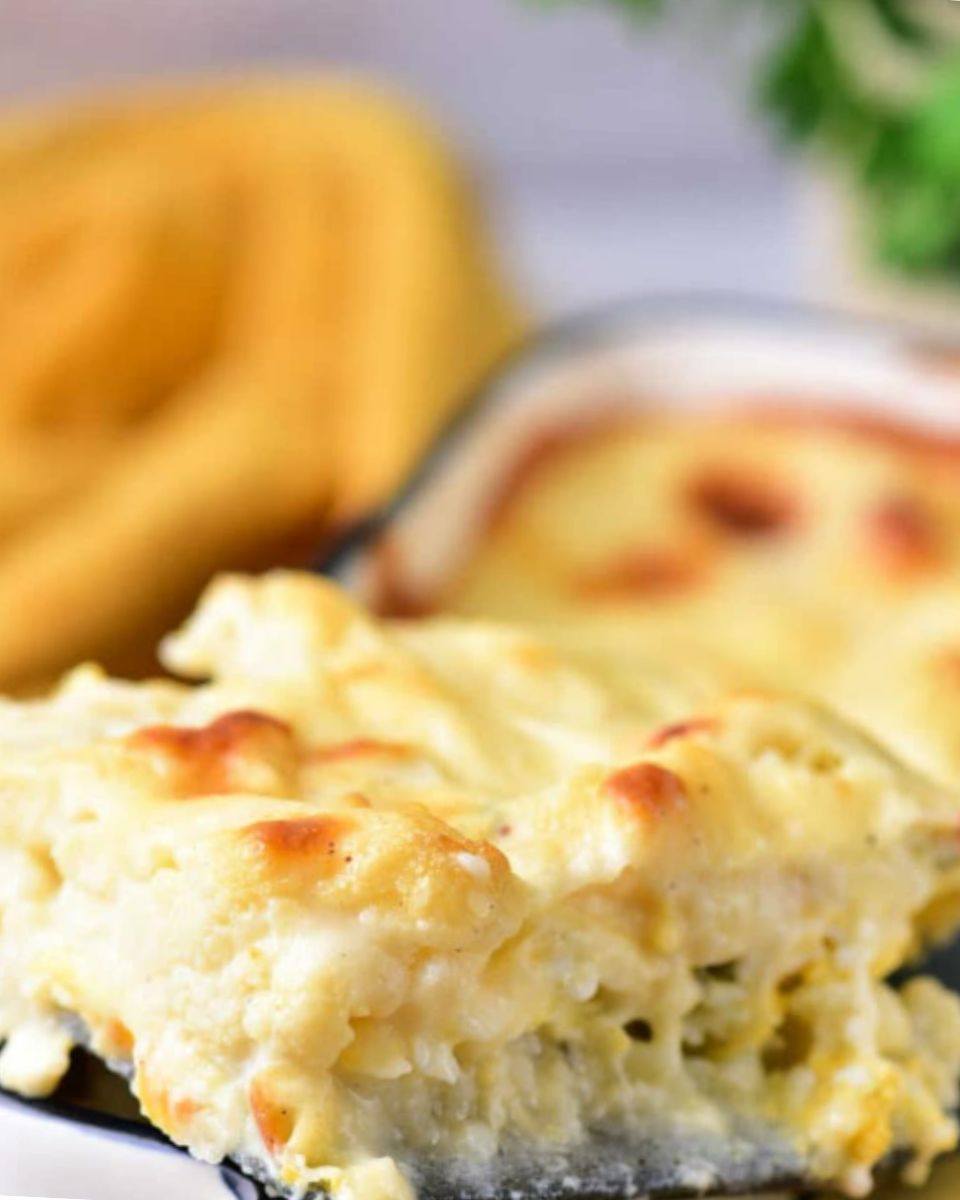Introduction to Coliflor (Cauliflower)
Overview of Coliflor
Coliflor, known globally as cauliflower, has emerged as a culinary favorite due to its versatility and health benefits. This cruciferous vegetable, resembling a white, cloud-like flower, is not only low in calories but also rich in vitamins, minerals, and dietary fiber, making it an excellent choice for health-conscious individuals and those following specific dietary plans like low-carb or keto diets. Its ability to blend into various culinary styles, from traditional roasts to innovative rice alternatives, has made coliflor a staple in kitchens worldwide.
History and Cultural Significance
The history of coliflor spans continents, with its roots traced back to the ancient Northeast Mediterranean region. Over centuries, it spread across Europe and Asia, adapting to diverse culinary traditions. In India, Gobi (cauliflower) is a key ingredient in spicy curries, while in Italy, it transforms into creamy Cavolfiore al forno (baked cauliflower). This global journey of coliflor is not just about the spread of a vegetable but also a story of cultural exchange and adaptation. To explore its origin and varieties, learn more about cauliflower on Wikipedia.
The Coliflor Recipe Guide
Selecting and Preparing the Coliflor
Choosing the perfect coliflor is the first step to a delightful meal. Look for a firm head with compact florets and a vibrant, creamy color, free from brown spots or loose leaves. Once you’ve selected your cauliflower, proper preparation is crucial. Begin by removing the outer leaves and trimming the stem. Cutting the head into uniform pieces ensures even cooking and a pleasant texture. Whether you’re making a classic roast or a contemporary cauliflower rice dish, starting with quality coliflor sets the foundation for a delicious outcome. For creative cauliflower recipe ideas, check out Pinterest’s Cauliflower Recipes Board.
Classic Coliflor Recipes
The versatility of coliflor shines in these classic recipes:
- Coliflor Roast: A traditional favorite, the roast brings out the natural sweetness and nuttiness of cauliflower. Tossed with olive oil, garlic, and herbs, and roasted until golden, it’s a simple yet flavorful dish.
- Coliflor Gratin: This creamy, cheesy bake is a comfort food at its best. Blended with a rich béchamel sauce and topped with a crust of golden breadcrumbs, it’s a dish that pleases all palates.
These time-honored recipes not only honor the culinary heritage of coliflor but also provide a warm, hearty meal for any occasion.
Innovative Coliflor Recipes
For those seeking a modern twist on coliflor, these innovative recipes are sure to inspire:
- Vegan Coliflor Tacos: Transform coliflor into a vegan delight by using it as a meat substitute in tacos. Spiced and roasted, it offers a satisfying texture and flavor.
- Coliflor Rice Alternative: A fantastic low-carb substitute for rice, coliflor rice is both nutritious and versatile. Perfect for those on a gluten-free or keto diet, it pairs well with a variety of dishes. Discover more innovative cauliflower rice recipes on Pinterest.
These recipes showcase coliflor‘s adaptability, proving it’s more than just a side dish.
Cooking Tips and Tricks
Mastering coliflor cooking requires some tips and tricks:
- Enhancing Flavors: Roasting or grilling coliflor intensifies its flavor. Adding spices like turmeric or paprika can give it an extra zing.
- Textural Variations: For a crispier texture, roast the coliflor at a higher temperature. For a softer texture, steaming is ideal.
Understanding these nuances can elevate your coliflor dishes from good to great.
Nutritional and Dietary Aspects
Health Benefits of Coliflor
Coliflor is not only versatile in the kitchen but also a powerhouse of nutrition. It’s packed with vitamins C and K, folate, and fiber, contributing to overall health and wellness. Regular consumption can aid in weight loss, improve digestion, and even help reduce the risk of heart disease and cancer. For those on a fitness journey, incorporating coliflor into meals is a wise choice. Check out Pinterest’s Healthy Cauliflower Meals for nutritious and delicious ideas.
Adapting Recipes for Dietary Restrictions
Adapting coliflor recipes to meet various dietary needs is surprisingly simple:
- Gluten-Free: Replace breadcrumbs with gluten-free alternatives or nuts for a crunchy topping in gratins and bakes. Learn more about gluten-free cooking on Wikipedia.
- Vegan and Vegetarian: Use plant-based milks and cheeses for gratins and creamy dishes. Pinterest’s Vegan Cauliflower Dishes offer great inspiration.
- Low-Carb and Keto-Friendly: Opt for coliflor rice or mashed coliflor as substitutes for starchy sides. Understand more about low-carb diets on Wikipedia.
With these adaptations, coliflor can fit into virtually any diet, making it a universally loved vegetable.
FAQs and User Queries
Based on the “People Also Ask” section for “coliflor recipe” on Google, here are some frequently asked questions:
- Can I freeze cooked coliflor? Yes, cooked coliflor can be frozen for up to three months. Ensure it’s cooled completely before freezing.
- What’s the best way to reheat coliflor? Reheating in the oven or on the stovetop maintains the texture better than microwaving.
- Are there any unique ways to season coliflor? Experiment with different herbs, spices, and sauces like pesto or tahini for a flavor boost.
- How do I make coliflor rice? To make coliflor rice, grate the cauliflower or pulse it in a food processor until it resembles rice grains. Then, sauté it lightly with a bit of oil for a fluffy texture. For further inspiration, check out Pinterest’s Cauliflower Rice Ideas.
- Can coliflor be eaten raw? Absolutely! Raw coliflor can be a crunchy and nutritious addition to salads or as a snack with dips.
- What are some kid-friendly coliflor recipes? Kids often enjoy coliflor in the form of tots, fritters, or as a cheesy bake. Discover family-friendly recipes on Pinterest’s Family-Friendly Cauliflower Meals.
- Is coliflor good for weight loss? Yes, its high fiber content and low calorie count make coliflor an excellent choice for weight loss diets.


